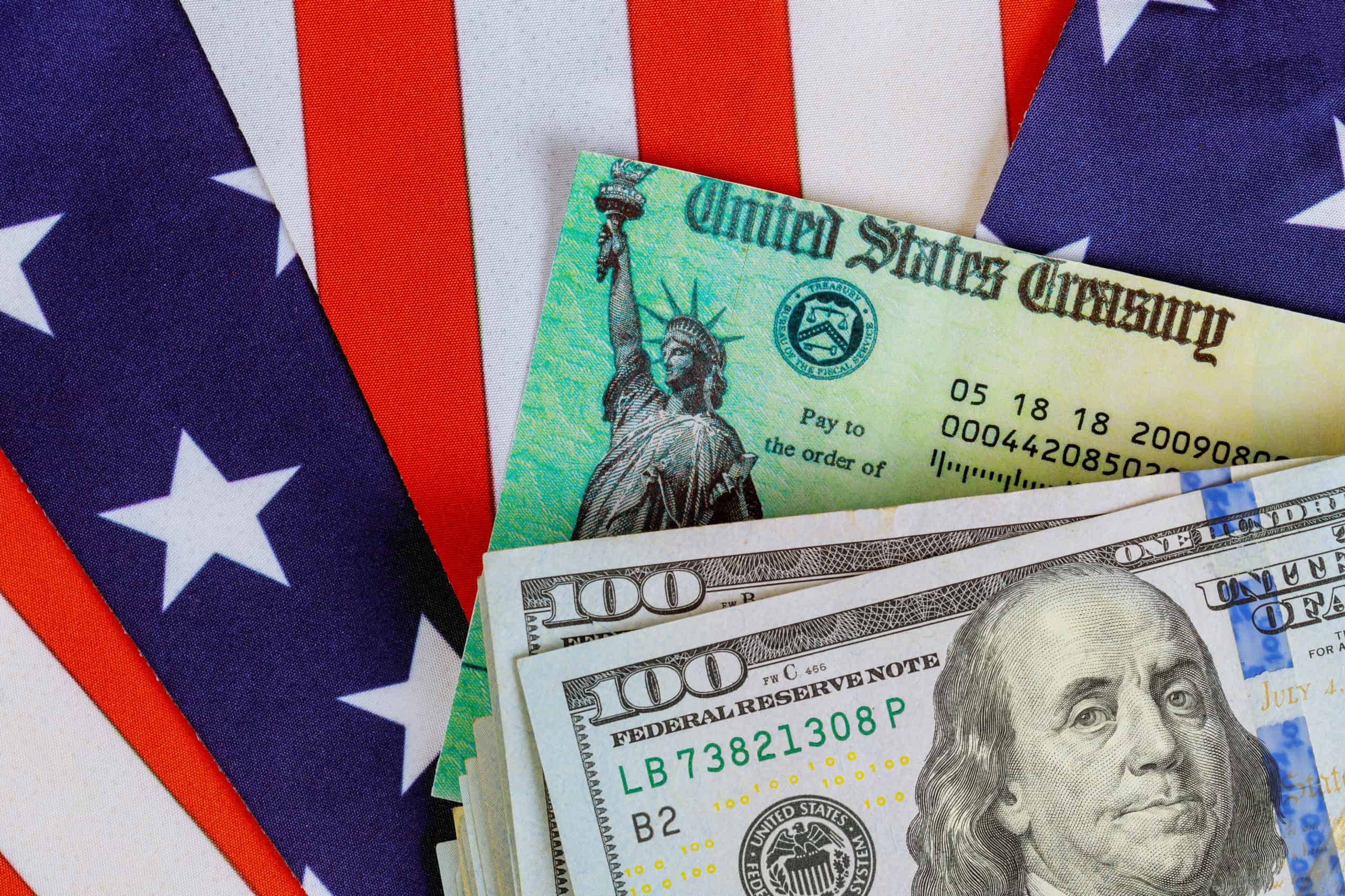
- Home
Why Choose SD
Services

- Services
Tax Services
Tax Planning
Attestation Services
Accounting Services
Business Services
Consultation
Industries We Serve
- Tax Center
Resources
Get In Touch

What a 3rd Stimulus Check May Look Like
Though there’s no guarantee yet, talks of a third stimulus check have been making their way around Washington DC for weeks. While the first round took months to reach some people, and the second round appeared too little to most, the path to a third check seems to be happening quickly. With another possible $1,400 on the horizon, there are still a lot of open questions, like “When are we getting a third stimulus check?” “How much will you get for your kids?” and “Who will qualify?”. The team at SD Associates, P.C. is here to share some valuable information on what a third stimulus check may look like.
Who Could Qualify for the Third Stimulus Check?
While millions of people were eligible for the first and second checks, the third round could look a little bit different. Many taxpayers who were eligible for the first two could now find themselves excluded from the $1,400 based upon their earnings. Under President Biden’s $1.9 trillion coronavirus relief package (“Budget Reconciliation Act”), the new bill excludes individual taxpayers earning over $75,000 and joint filers making over $150,000. There will still be phase-outs for higher earning taxpayers.
It’s important to note that the third round’s eligibility requirements are different from the sliding scale that was used previously to determine past stimulus payments. The new Democratic proposal follows the same path as the second stimulus check, with the IRS reducing checks by 5% for the total amount made over the AGI limit. This means for every $100 made over the limit, the payment goes down by $5.
Larger Base Amount
The base amount of the third stimulus check is expected to be $1,400, $200 more than the first round of $1,200 that was delivered under the CARES Act and $800 more than the second round that just hit many bank accounts in January 2021. The $1,400 came about after many Americans complained about the second $600 check being too little, too late.
Another possible change? Families with dependent children aged 16 or under could see a little bit more. During the first round, families saw an extra $500 for each child, and that amount was raised to $600 for the second stimulus check. This time around, lawmakers are calling for a higher amount.
Quicker Timeline
“Are we getting a third stimulus check?” has been on everyone’s mind since the second check was delivered to many Americans. Should Congress pass a standalone bill centered on stimulus checks by the intended mid-March 2021 timeline, Americans could begin to see their payment in a matter of weeks. However, this date could be delayed due to several factors, including how long it takes the IRS to begin calculating your payments during the busy tax season.
Based on 2020 Tax Returns
The first stimulus payment was calculated based on either your 2018 or 2019 tax return. If you didn’t file during those two years, the IRS welcomed you to send in any necessary documentation through an online portal. The IRS also took information from the Social Security Administration, Railroad Retirement Board, or Department of Veterans Affairs if you received benefits. If no information was provided and you didn’t receive government benefits, the IRS is permitting the option to claim the “recovery rebate” credit on your 2020 tax returns. The second stimulus check was based on your 2019 return. If you didn’t file, didn’t use the non-filers portal to get your first payment, and didn’t receive benefits, then the IRS offers the option to claim the “recovery rebate” credit on your 2020 tax returns.
Because the IRS has already begun processing tax returns, those who file sooner could not only get their refund quicker, but they might also receive their third stimulus check faster as well.
Social Security
With the next round of stimulus funds, it might be possible that having a Social Security number will no longer be a requirement. During the first round of payment, without a Social Security number, people were unable to qualify for the $1,200. For families with children, both parents were required to have one to receive the extra $500 per dependent. After the COVID-Related Tax Relief Act was passed, the guidelines surrounding this loosened, allowing married couples to claim the additional money even if one of the parents didn’t have a Social Security number. This rule was also applicable for the first round of checks, allowing families to claim up to $1,200 with the additional $500 as a recovery rebate credit.
The third round of payments could see this requirement dissolve altogether. Under the HEROES Act, individuals, including non-U.S. citizens, would only need a Taxpayer Identification Number to receive the next payment.
In the grand scheme of things, the possibility of the third round of stimulus checks is moving at lightning speed. For the most up-to-date news, turn to the professionals at SD Associates. Not only can we provide valuable updates on the proposed third stimulus check, but we’re also here to assist you with our professional tax services all season long. Contact our team today for more information.
Navigation
Services
Accolades
